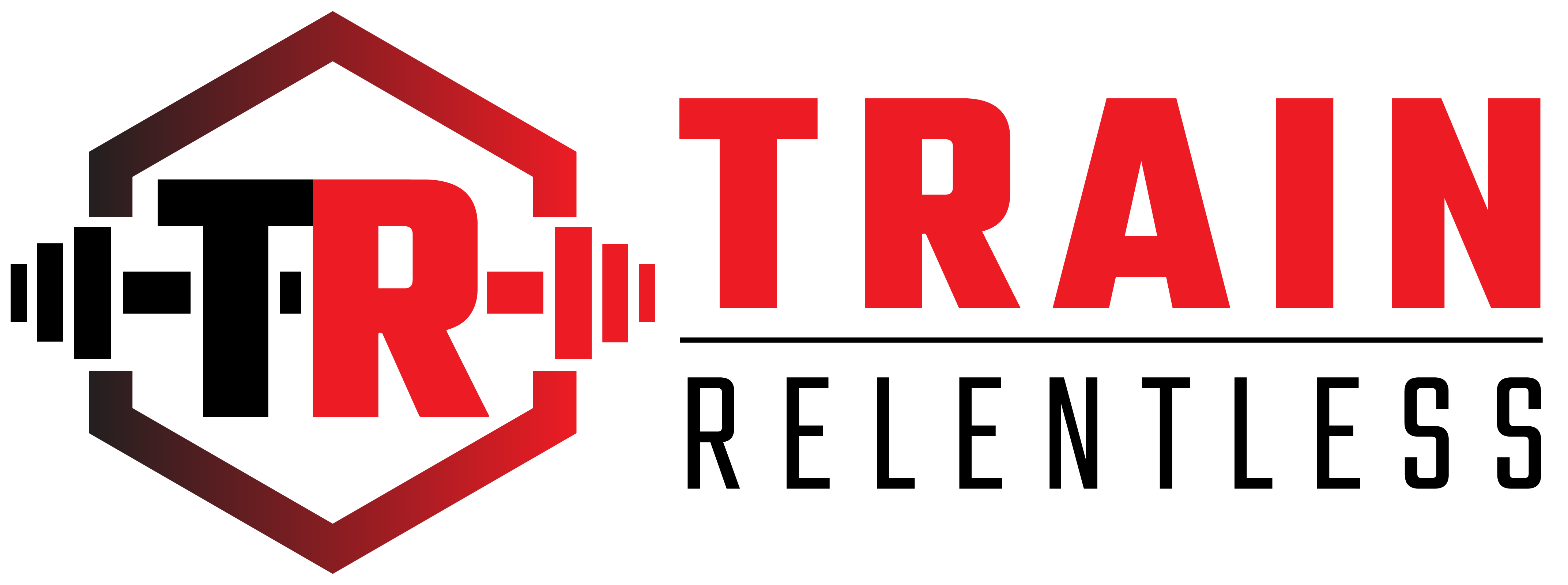Whether you’re a seasoned athlete or just starting on your fitness journey, understanding the nuances of mobility and flexibility can make all the difference in your performance. These two terms are often used interchangeably, but they have distinct meanings and benefits. Let’s unravel the mystery and learn how to optimize both in your training routine.
Mobility:
Mobility, in essence, refers to your ability to move your joints freely through their full range of motion. It’s the functional capacity to perform movements efficiently and without pain. A great exercise to enhance hip mobility is the “World’s Greatest Stretch.” Step into a lunge, twist your torso towards your front leg, and reach your hand to the sky.
Benefits of Mobility:
Improved mobility translates to enhanced agility, speed, and overall athletic performance. It helps you maintain better form in complex movements, reduces the risk of injury, and promotes a more dynamic range of motion.
How to Implement Mobility:
Integrate mobility drills into your warm-up routine. Focus on your body’s trouble spots, such as hips, shoulders, and ankles, dedicating 10-15 minutes to these drills before your main workout.
Flexibility:
Flexibility, on the other hand, relates to the lengthening and stretching of your muscles and tendons. A classic example of a flexibility exercise is the “Standing Quad Stretch.” Grab your ankle behind you, gently pull your heel towards your glutes, and feel the stretch in your quadriceps.
Benefits of Flexibility:
Flexibility enhances your posture, reduces muscle tension, and minimizes the risk of overuse injuries. It ensures that your muscles can extend and contract efficiently.
How to Implement Flexibility:
Incorporate static stretching into your cool-down routine after your workouts. Hold each stretch for 15-30 seconds, repeating 2-3 times per muscle group. Focus on areas where you feel tightness or tension.
Incorporating both mobility and flexibility exercises into your training regimen is the key to unlocking your full athletic potential. The perfect balance between these two components will help you move better, perform at your peak, and safeguard your body against injuries.
Remember, everyone’s body is unique, and you may need more focus on mobility or flexibility depending on your specific sport or individual needs. Regularly assess your progress and adjust your training accordingly.
Stay dedicated to your mobility and flexibility routine, and you’ll find that you’re not only more agile, but you’ll also recover faster, perform better, and enjoy a more satisfying athletic journey. It’s time to take your performance to the next level – one flexible step at a time!
Are you a young athlete looking for more confidence in the weight room?
My FREE New eBook Reveals How To Start Lifting Weights!! ACCESS HERE
